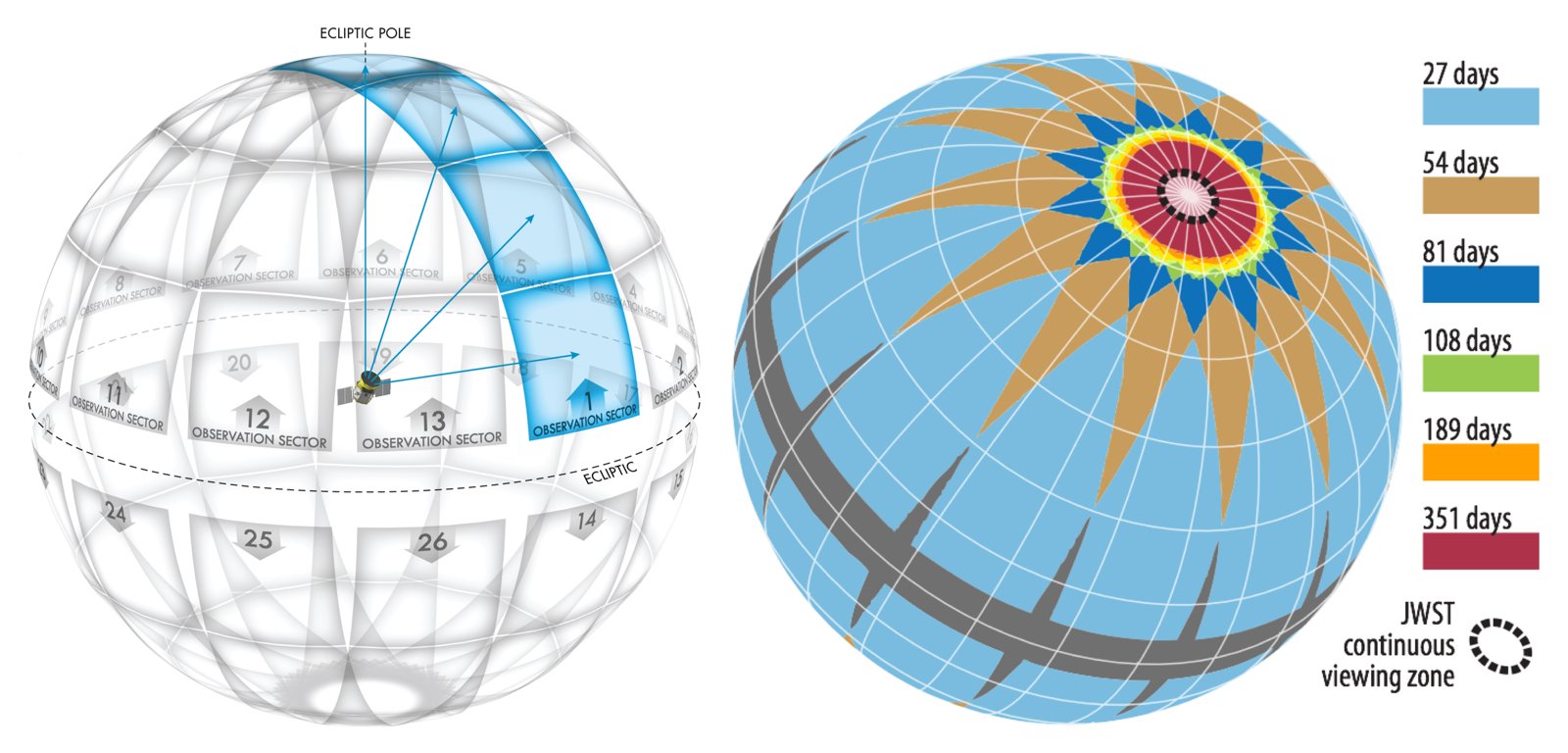Welcome to project TESSTIFY: TESS Transient Identification FactorY
Help Discover Extraordinary Space Phenomena!
Our Mission
We are a research group at MIT Kavli Institute for Astrophysics and Space Research, and our mission is to catch cosmic explosions as they happen. For this we are using sky images taken by the TESS telescope. The term cosmic explosion refers to any astrophysical phenomenon that releases a huge amount of energy in a short timespan. A fraction of this energy gets converted to light and manifests as a new point source (a new “star”) in the sky that brightens and fades away within weeks, months and sometimes years depending on the exact phenomenon. We are on the lookout for exploding stars, merging “dead stars” and stars getting destroyed by black holes in external galaxies. By finding these cosmic explosions, astronomers across the globe can follow them up with more detailed observations that can help us decide the underlying physics. We are also hoping to uncover exotic cosmic events with the ultimate goal of getting us closer to understanding our universe better.
Artist rendition of a supermassive black hole consuming a star.
cred: nasa.gov
What Is TESS?
TESS stands for “Transiting Exoplanet Survey Satellite.” As implied in the name, the main purpose of TESS is to find planets outside of the solar system, however we are repurposing the data to find highly-energetic and violent explosions outside of our galaxy. TESS captures regions of the sky to create a sphere-like map. There are twenty-six regions in the imaging sphere that TESS creates. TESS takes images of a given region of sky for at least twenty-seven days (sometimes more due to region overlap). This allows us to study the patch of sky over a period of time.
Artist rendition of TESS.
cred: nasa.gov
How It Works
In order to see how objects in space change over time we use a method called difference imaging. Since TESS takes an image of the same patch once every 10 mins for an extended period of time, we are able to subtract images from different periods of time to determine where significant changes occur. That way, everything that is constant throughout time would be removed and only transients would remain.
TESS's imaging sphere over time.
cred tess.mit.edu
Where You Come In
Ideally, the result of difference imaging would consist of only transients, however, in practice that is not the case. Images are not perfect and contain noise which can interfere with the subtractions, hence make identifying transients much more difficult in practice than in theory. The aim of this project is to use a combination of human intelligence and machine learning to correctly identify transients. Each image contains tens of thousands of potential transients, so to make classification easier and more accurate, we cut the original images up into “stamps” for each potential transient. As a contributor to our project, you would be given a stamp and asked to classify it with your best judgement. On the how-to page you will find a list of the classifications along with an example and description on how to identify it.